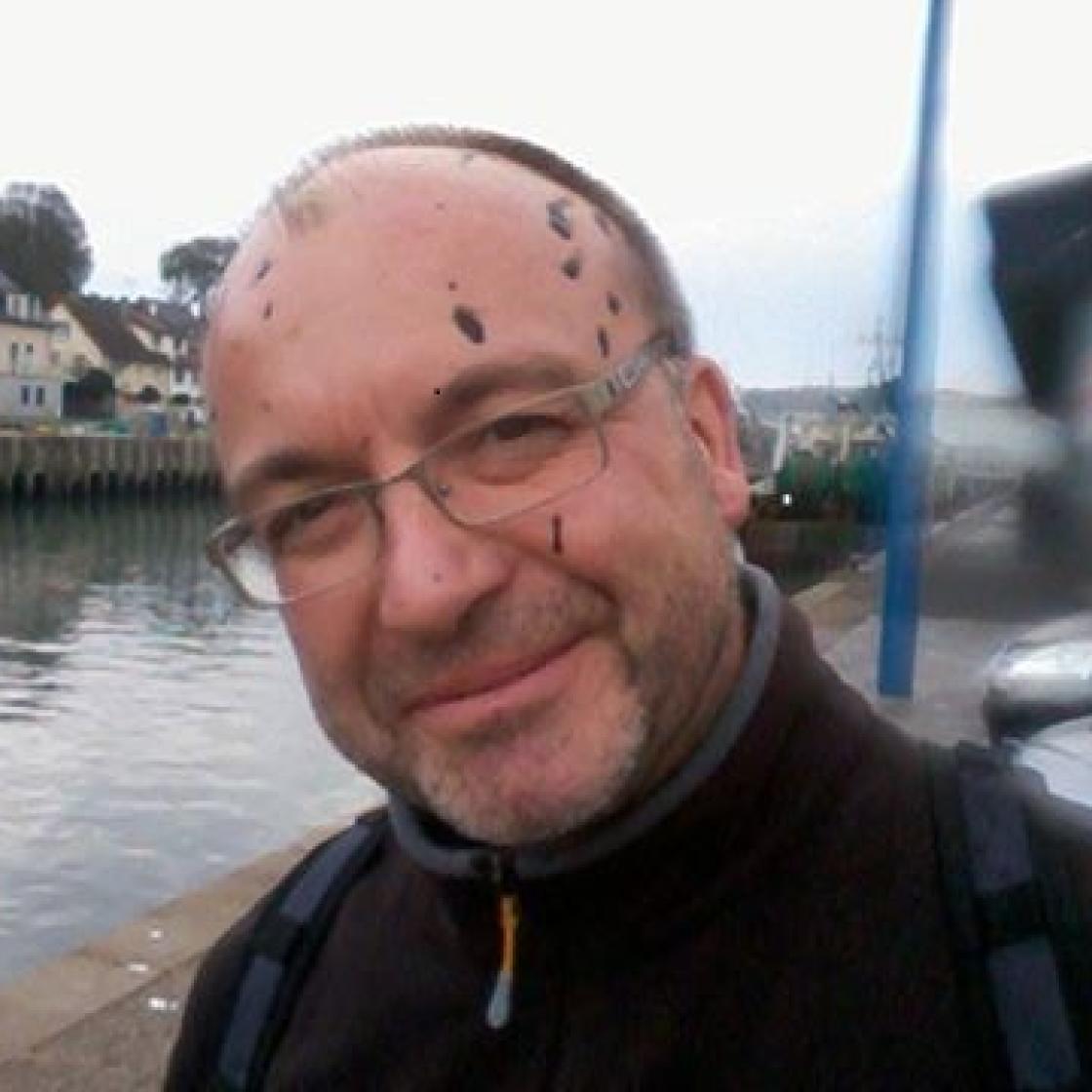Basic research: Control of gamete release and associated behaviors in marine mollusks.
Main model: the cuttlefish Sepia officinalis.
Three types of controllers are considered: (1) neuropeptides associated with the onset of spawning, (2) ovarian regulatory peptides involved in controlling the transport of oocytes in the genital tract and in the secretion of capsular products, (3) peptide and polypeptide sex pheromones suspected of being responsible for the mating and the aggregation of mature cuttlefish on egg-laying areas.
Large scale production of transcriptomic data performed since 2012 from organs taken at different stages of maturity, allows for specific analysis in silico based on structural criteria and identify expression products by mass spectrometry. A list of (neuro) peptides candidates were finally established on the basis of tissue and temporal expression patterns.
The functional approach performed with mimetic peptides is based on myotropic tests (contraction of the oviduct, accessory glands of the reproductive tract, etc.), cell tests (mainly ovarian follicles) and behavioral tests in Y maze or open space.
A comparative approach is also developed on the Sepia officinalis versus Crassostrea gigas to understand the respective levels of involvement of the three types of regulators identified in marine mollusks that exhibit very different reproductive behaviors.
A thesis funded by the Basse-Normandie (2014-2017) explores the mechanisms of control of spawning with a comparative approach focused on both main models of marine mollusks studied in our lab: cuttlefish and oyster.
Applied research: supply marine aquaculture. Model: Dicentrarchus labrax
Development of aquaculture is reflected by an increase in demand for aquaculture feed. Because of the importance of nitrogenous compounds of low MW for species of aquaculture in feeding behavior, nutrition and health, the use of co-products of marine origin has become the specialty of our private partner, SPF DIANA Aquativ company. In this context, Aquativ develops and offers functional hydrolysates for the formulation of food for fish and shrimp reared in aquaculture.
The application of controlled hydrolysis process on marine by-products allows to generate high levels of low molecular weight peptides.
If performance of hydrolysates could be shown during livestock trials on several species of aquaculture interest, there remains a need for product characterization and understanding of mechanisms of action.
As part of a collaboration that began in 2011 with a thesis, and a renewal which results in a second thesis, we investigate the structural and functional characterization of two functional hydrolysates from each co-product of L. vannamei and O. niloticus. A transcripto-peptidomic approach is developed for the realization of molecular weight profile hydrolysates, for identifying hydrolytic peptides and to determine their tissue origin. The functionality of hydrolysates is checked by performing antibacterial tests on strains of pathogens encountered in intensive aquaculture systems as well as antioxidants tests. Finally, in close collaboration with the R & D department of the private partner, zootechnical tests (feeding challenge) allow monitoring of specific biomarkers in intestinal absorption and immunity by q-PCR or RNAseq in order to establish a link between the level hydrolysis, growth and health status of reared bars.
- Cell biology, lectures / tutorials and pratical works, L1
- Animal Biology, lectures, L1 and L3
- Animal Biodiversity, lectures, L1
- Introduction to marine biology, lectures, L2
- Program (5 hours / 15 hours):
- Overview of marine invertebrates (2h)
- From the molecule to the organism: methodological introduction (3h)
- Tide walk to discover the bodies of the foreshore
- Program (5 hours / 15 hours):
- Evolutionary and Comparative Endocrinology, lectures and tutorials, M1
- Program TUTORIALS (14h / 20h):
- Chap 1 Molecule communication
- Chap 2 Protein Peptides: definition and structure
- Chap 3 Peptides: extraction and separation
- Chap 4 Peptides: structural analysis
- Chap 5 Methods for in silico analysis of the precursor protein
- Lectures (6 hours / 30 hours):
- Origin, structure and function of waterborne pheromones
- Program TUTORIALS (14h / 20h):
- Teaching unit of practical works, Methodologies in physiology and marine ecophysiology, tutorials and practical works, M1
- Marine physiology:
- FMRFamide related peptides in the mussel Mytilus edulis:
- Demonstration of co-localization of the transcript, and expression products in the nerve ganglia
- Detection and structural analysis of FaRPs in the target tissues.
- Used technics: MALDI-TOF/TOF, RT-PCR, Immunocytochemistry.
- FMRFamide related peptides in the mussel Mytilus edulis:
- Marine physiology:
- Physiology of marine molluscs, lectures, M2R and PRO
- Introduction to the tools of research, lectures and management of students in technical platforms ICORE, M2 R
- 5 responsibilities Teaching Unit
- Manager of first year of the Aquacaen master
- Financial Manager master Aquacaen
EXPERTISE
- COFECUB (2012-2014): 2 cases
- CIFRE grants (2011): Expertise of a file involving a research unit of a large French university with one of the leading pharmaceutical and 2 university hospitals.
- Research Units (2013): appraisal / evaluation of 3 units UCBN within days "objective means" the Scientific Council of the institution decide on the allocation of funds "state".
- Application for the HDR (2012-2013): 3 Applications in 2013 as part of the Scientific Council.
- Scientific Journals: reviewer for peptides, neuropeptides, Regulatory Peptides.
RECOVERY:
- 35 publications
- 43 poster presentations
- 12 oral communications
- 3 patents
- 3 software
- 1 movie
- Scientific Council (Research Commission of the Academic Council) of the University of Caen Basse-Normandie
- Member of the Finance Committee
- Member of the Committee on Valuation
- Representative to the Board of UCBN AQUIMER pole
- Representative of the Academic Council of the CA UCBN naval station (CREC)
- Committee health and safety at the University of Caen Basse-Normandie
- Representative of the University of Caen in the CA AQUIMER pole
- Technical and financial manager of the technical platform PROTEOGEN (SF ICORE 4206)
- Coordinator of scientific programs:
- PETFOOD 2 (€ 243k)
- ACTISEP 1 (€ 43k)


